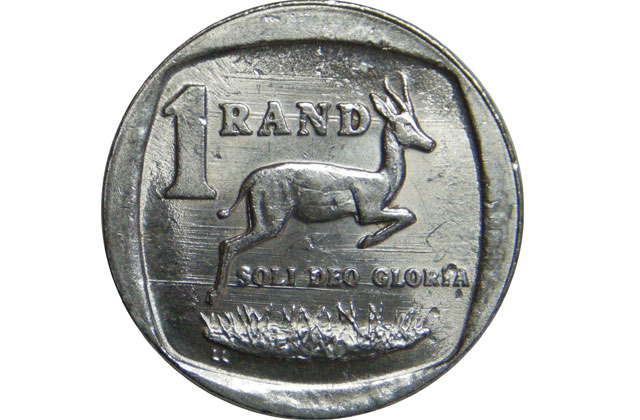
The rand held steady at a new 10-month high on Thursday as it continued to benefit from offshore yield players, Brexit, mixed data from the US, liquidity and lack of interest because of the European summer vacation.
By 7.34am, the local unit was trading at R13,35/US$, R17,37/£ and R14,92/€.
On Wednesday, the rand managed to get down to R13,20 against the greenback before some import buying came back in, according to Adam Phillips of Umkhulu Consulting.
The rand has strengthened about 11% in the past month alone. This is more than other emerging market counterparts like the Turkish lira and Brazilian real, said Wichard Cilliers of TreasuryOne.
“This is in part due to the liquidity that there is in the South African market.”
He said there has been steady inflows into the local bond market by foreigners this year, although there was net outflows last week.
On Wednesday, the local bond market was in a buoyant mood with the R209 moving below the 9% barrier.
“[It] seems like there are other factors at play in the local currency market, perhaps some inflows from the ABInbev and SABMiller deal? One can only speculate, but it is not only foreigners buying local bonds.”
Phillips said a negative to watch out for is a possible nasty US election, “although Donald Trump seems to be digging a hole”.
“We also need to watch local economic data in front of a possible rating review in December. It is hard for exporters and importers. Don’t count on inflation coming down too soon,” Phillips added.
“Having seen some very good moves in the last couple of days, my feeling is that operators might be keen to sit back today and wait for more data to come out from the US tomorrow. However, if one is a technical player, you will still be looking for a move down to R13/$ before the end of August. The strong showing of the euro yesterday and overnight will also help the rand.”




